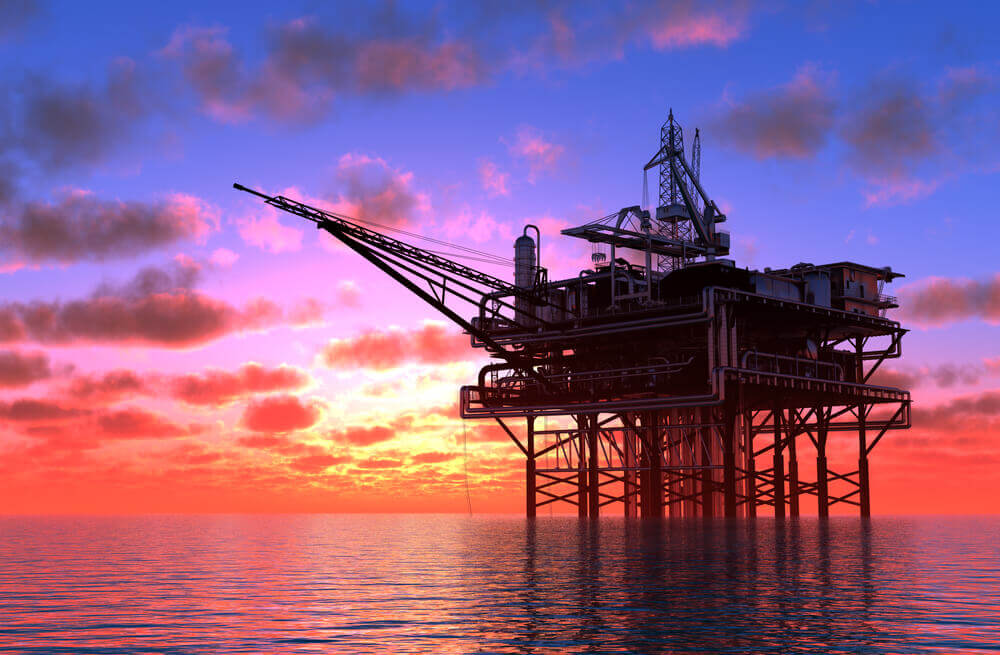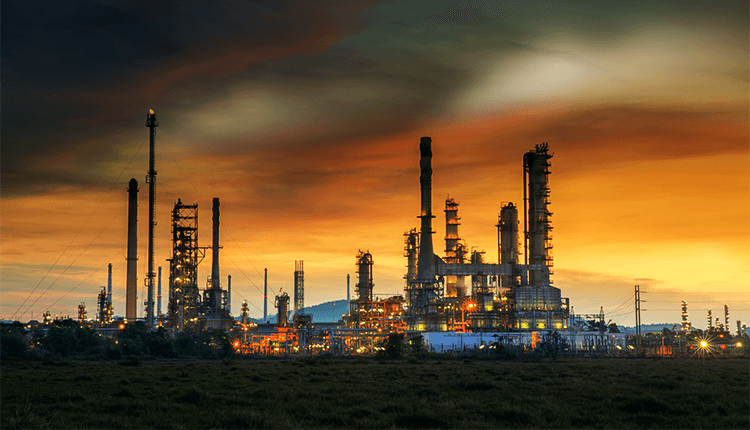
E.U. agrees on the partial ban of Russian oil imports
According to European Council President Charles Michel, the European Union has decided on a partial ban on Russian oil imports.
Other harsh actions in this sanctions package include de-Swifting the most prominent Russian bank, Sberbank, barring three other Russian state-owned media, and penalizing individuals guilty of war crimes in Ukraine.
Drift Between Russia and The West
The European Council leaders agreed to prohibit 90 per cent of Russian oil imports by the end of the year. The pipeline’s northern segment supplies Poland and Germany, which have consented to the embargo. On Tuesday, E.U. leaders will gather again in Brussels to debate the E.U.’s response to Russia’s invasion of Ukraine.
Officials first recommended joining the U.S. and others in blocking Russian oil a month ago as part of the sixth package of E.U. measures imposed in response to Russia’s invasion of Ukraine. However, other countries, such as Hungary, which relies heavily on Russian petroleum delivered by pipeline, have prevented a deal from being reached.
Europe is Russia’s largest buyer of energy. In 2021, Russian crude accounted for 27% of the bloc’s imports. However, pipeline deliveries accounted for a far more significant proportion of Russian oil shipments to Hungary (86 per cent), the Czech Republic (97 per cent), and Slovakia (100 per cent).
Brent crude futures, the European standard, surged beyond $124 per barrel on Tuesday morning; reaching their highest level since early March, when Russia invaded Ukraine. Prices have since dropped marginally.
Europe must now find alternative petroleum sources to help bring down skyrocketing fuel prices, which helped boost eurozone inflation to a new high of 8.1 per cent on Tuesday.
Global oil refiners falter in efforts
Refiners worldwide fail to fulfil global demand for diesel and gasoline, increasing high prices and worsening shortages in significant users such as the United States and Brazil and smaller countries such as war-torn Ukraine and Sri Lanka.
World gasoline demand has recovered to pre-pandemic levels. Still, refiners’ ability to meet demand is strained by pandemic closures, Russian sanctions, and Chinese export limitations. After the United States, China and Russia are two of the top three refining countries. All three are processing at or below peak levels, undercutting international governments’ efforts to lower prices by releasing crude oil from reserves.
Due to the pandemic two years ago, margins for producing fuel were at an all-time low, resulting in many plant closures. The scenario has now flipped, and the strain might last for the next few years, keeping prices high. The world’s refining capacity declined by 730,000 barrels per day in 2021, the first drop in 30 years. In April, the number of barrels processed per day fell to 78 million BPD; the lowest since May 2021 and well below the pre-pandemic average of 82.1 million BPD.
Gasoline Prices Reach a High of 40$
Fuel stocks have been falling for seven quarters in a row. The price of crude oil has increased by 51% this year; U.S. heating oil futures have increased by 71%; hence, European gasoline refining margins have recently reached a new high of $40 per barrel.
Refineries in the northeastern United States are running out of feedstocks due to the United States’ prohibition on Russian imports. China, the world’s second-largest refiner, has increased several million barrels of capacity in the last decade; however, it still has recently reduced production due to COVID-19 limitations and banned exports to reduce carbon emissions. According to the IEA, China’s throughput fell to 13.1 million BPD in April, down from 14.2 million BPD in 2021.



